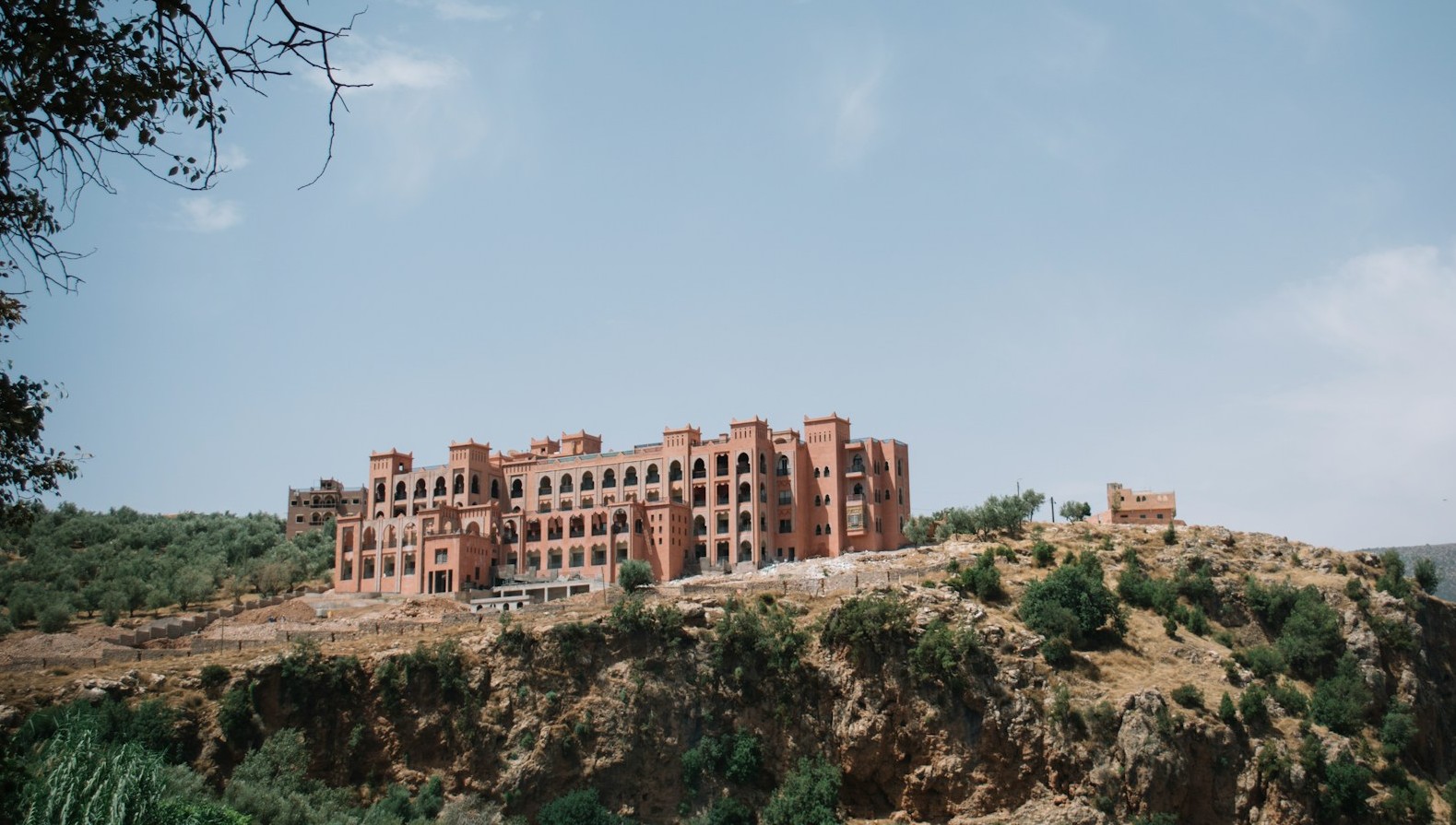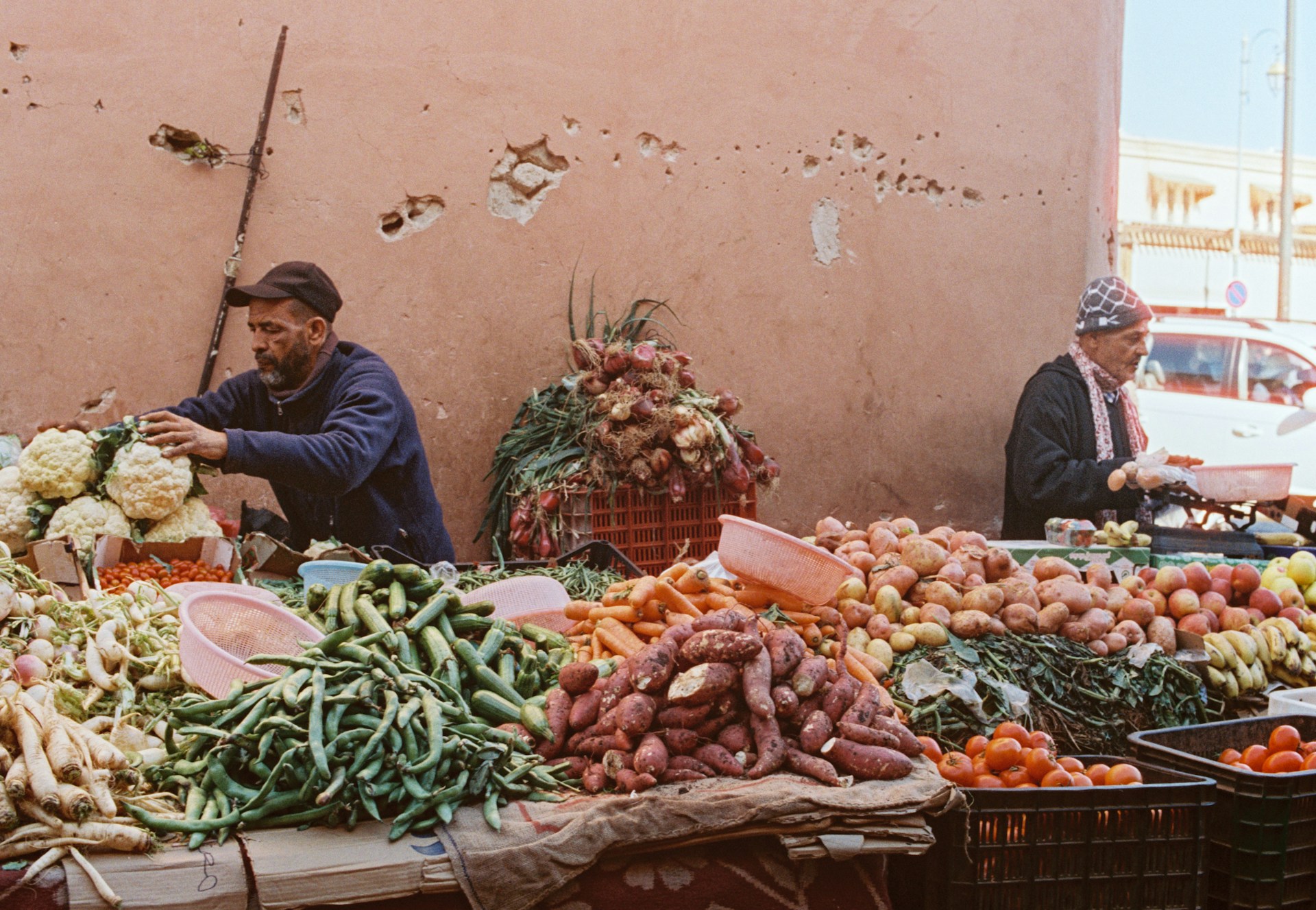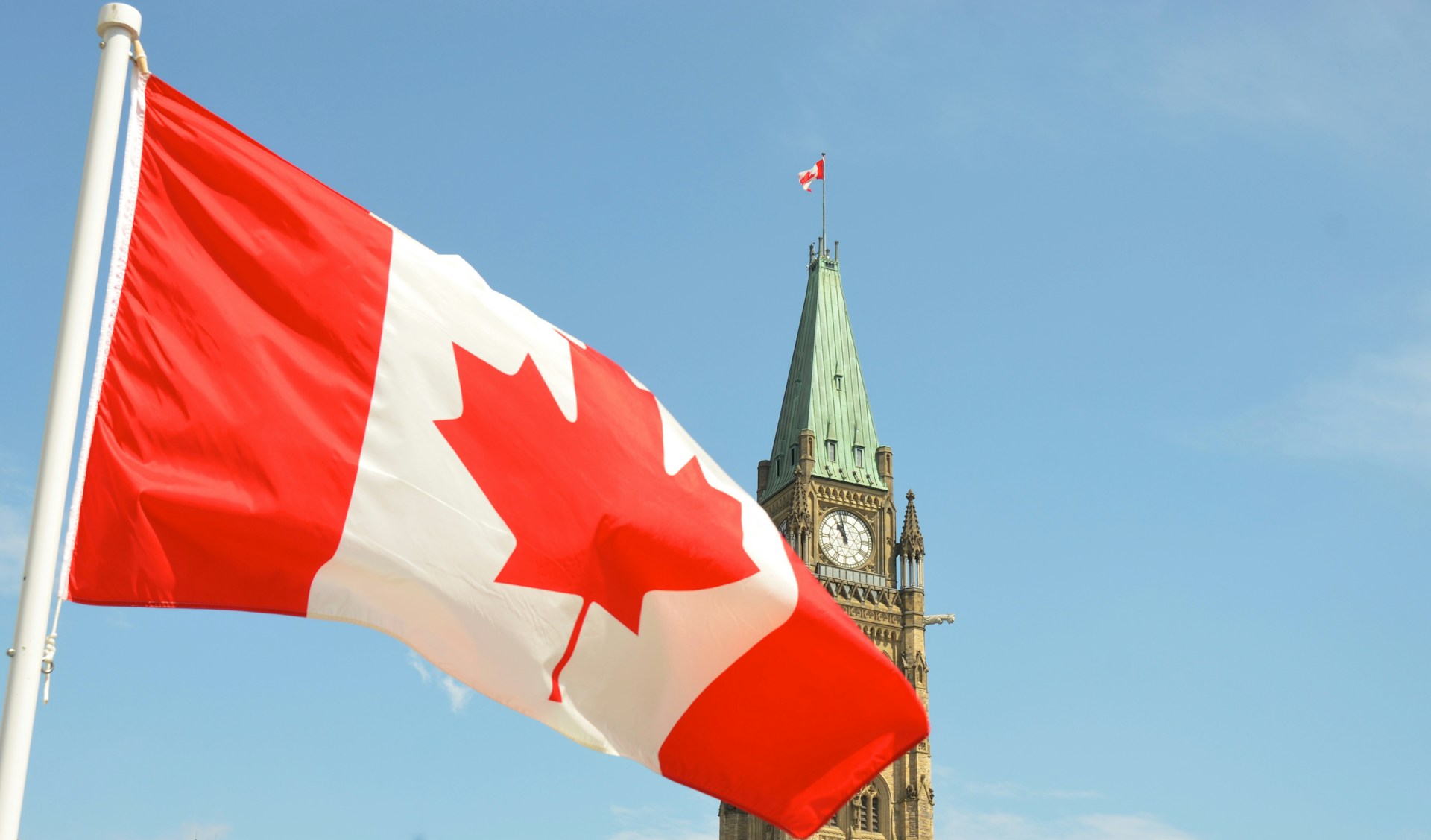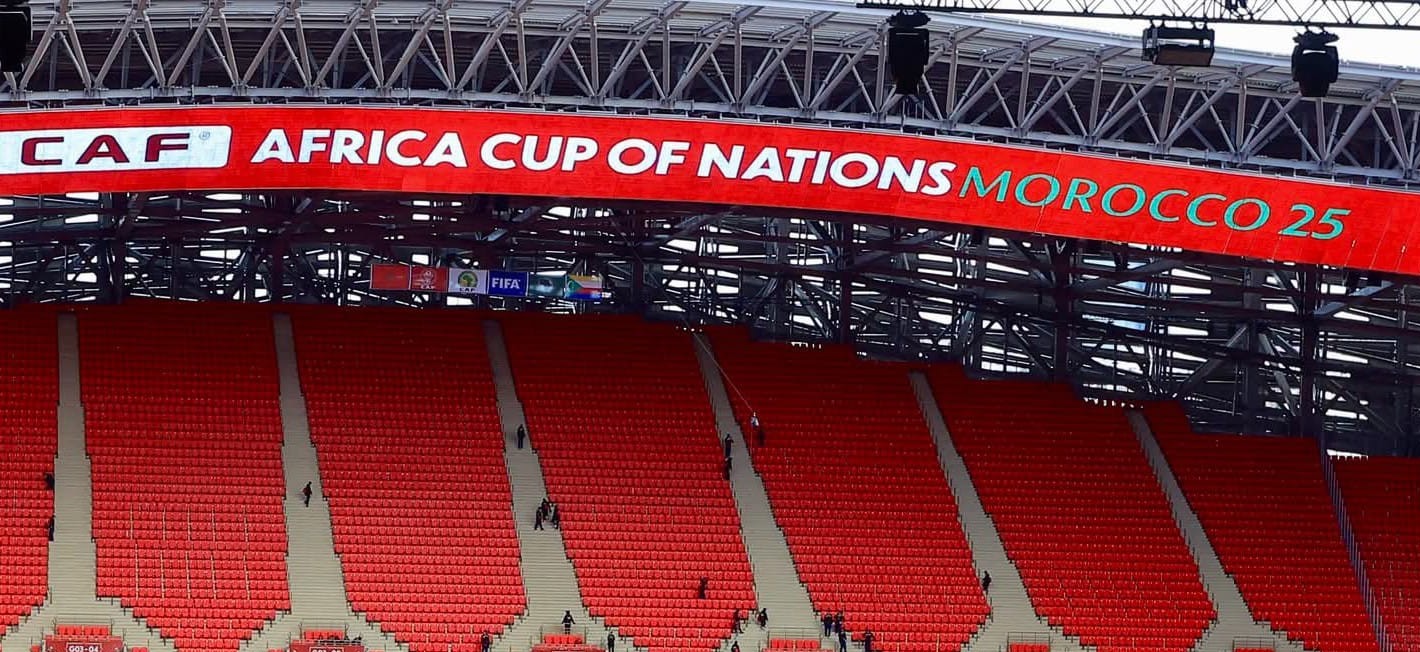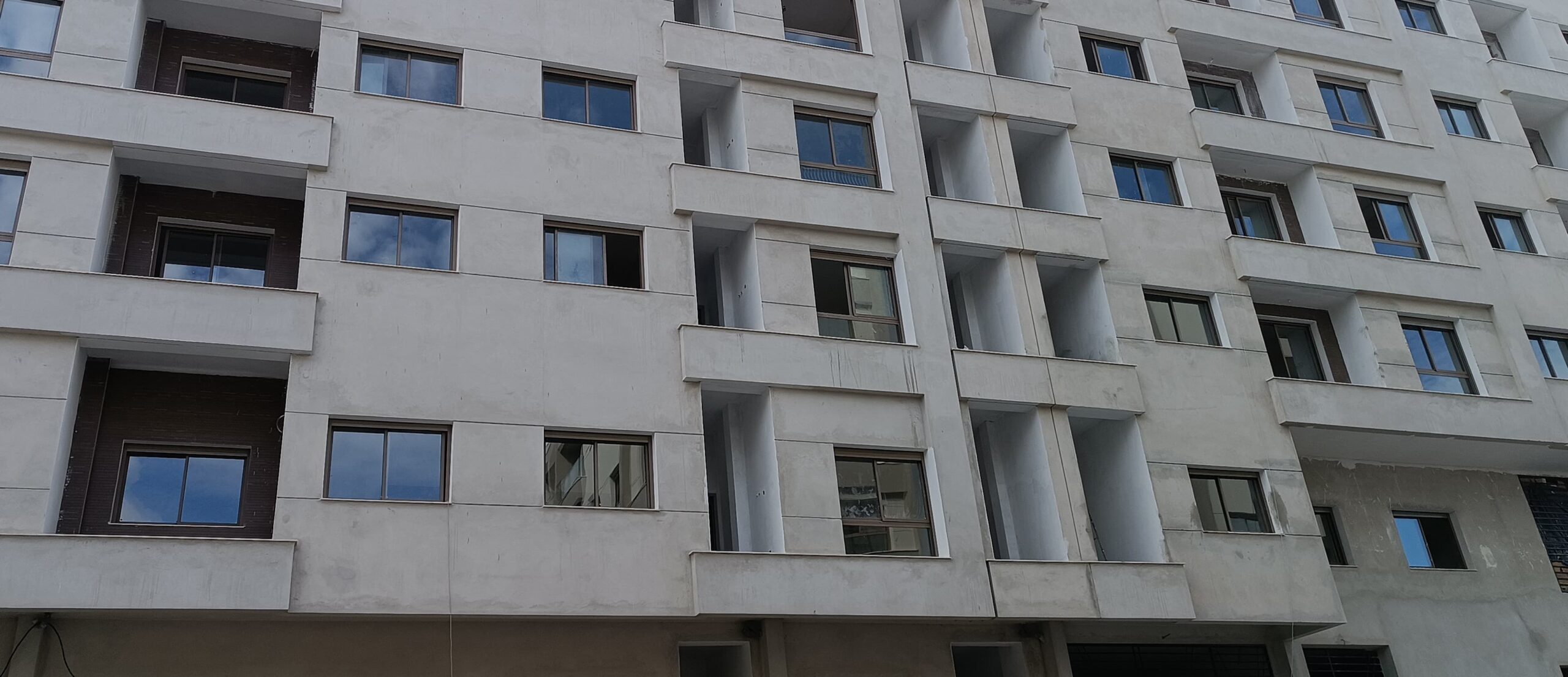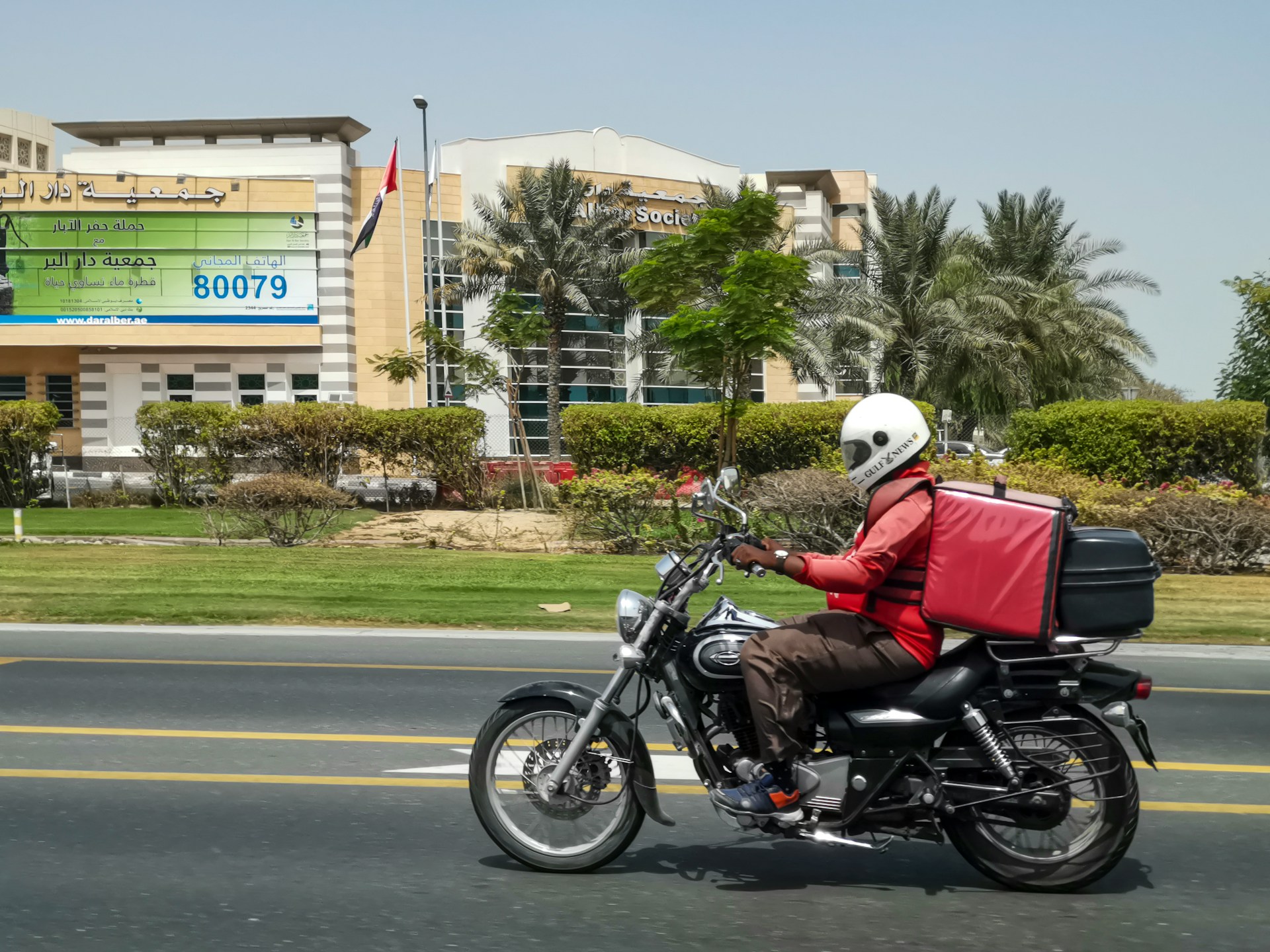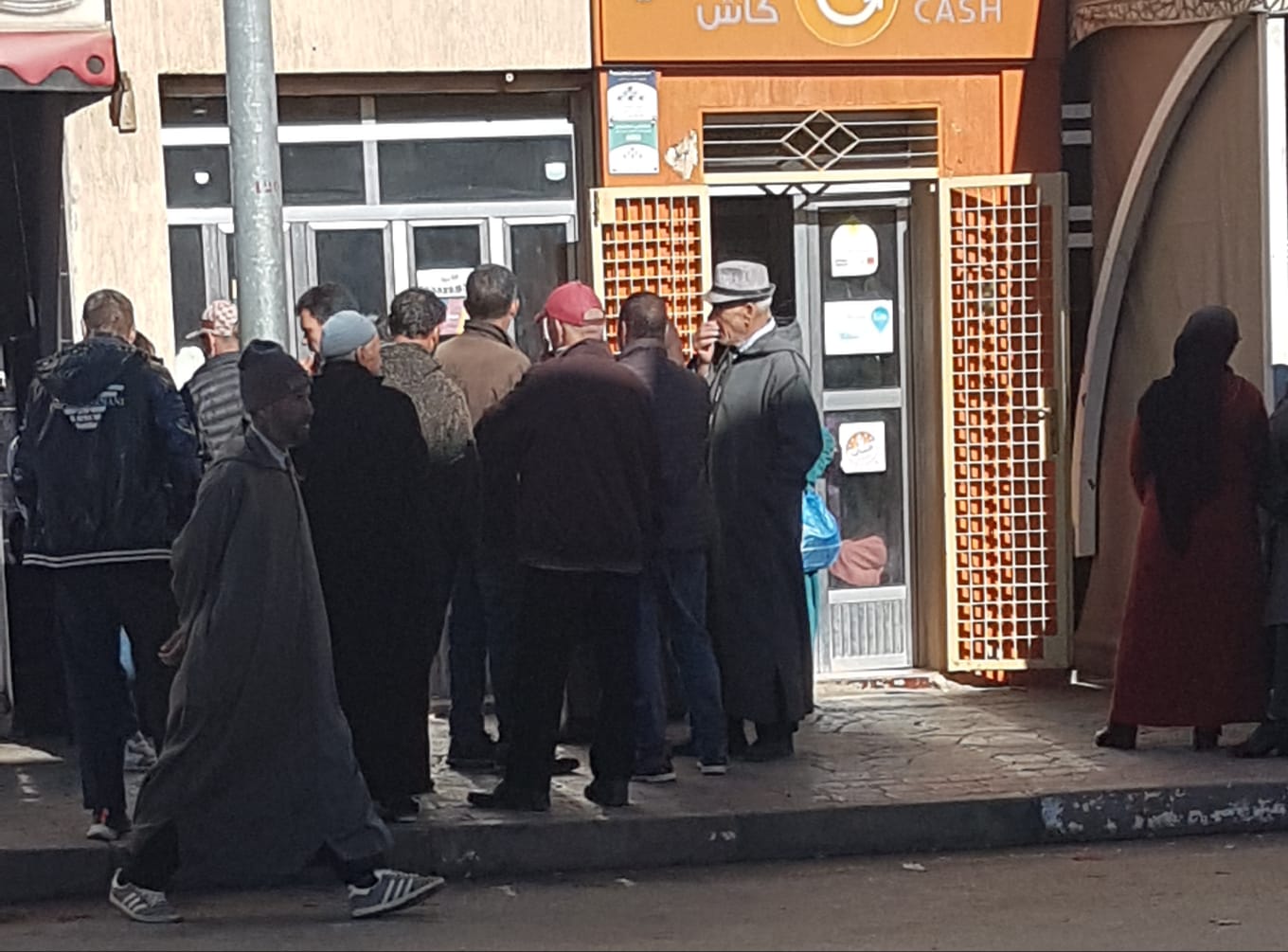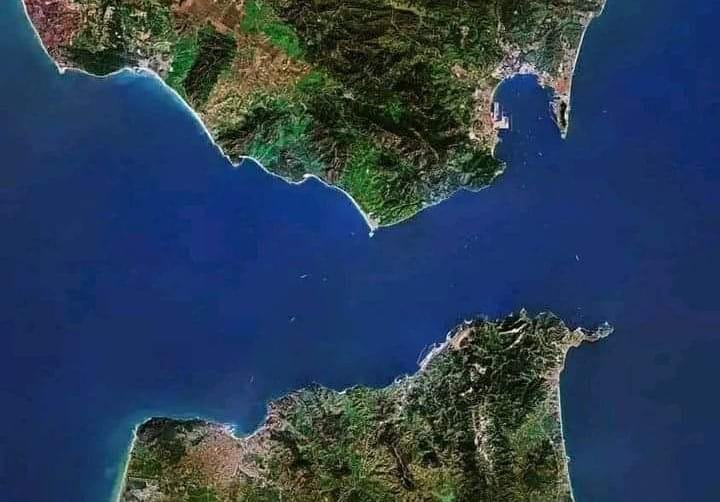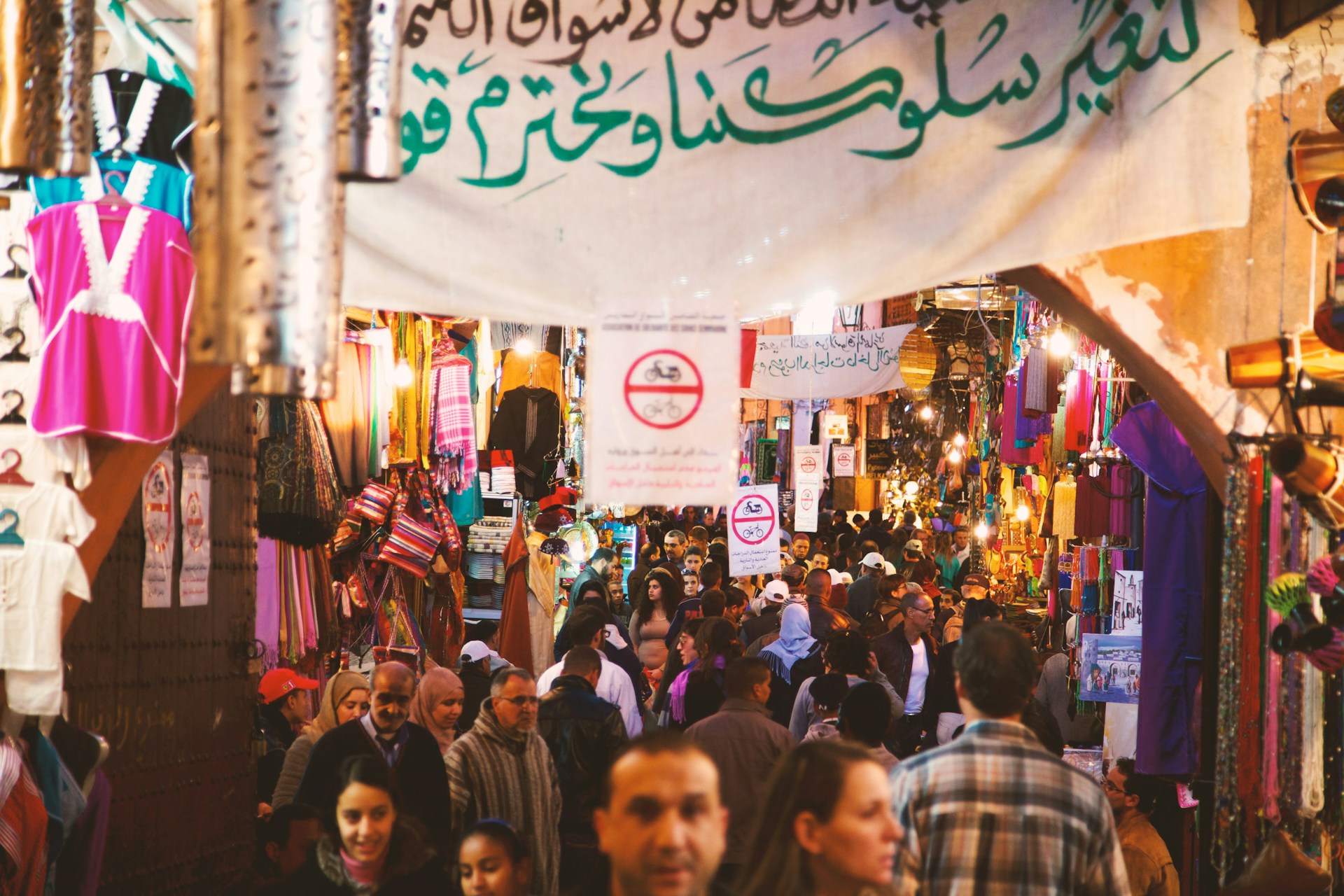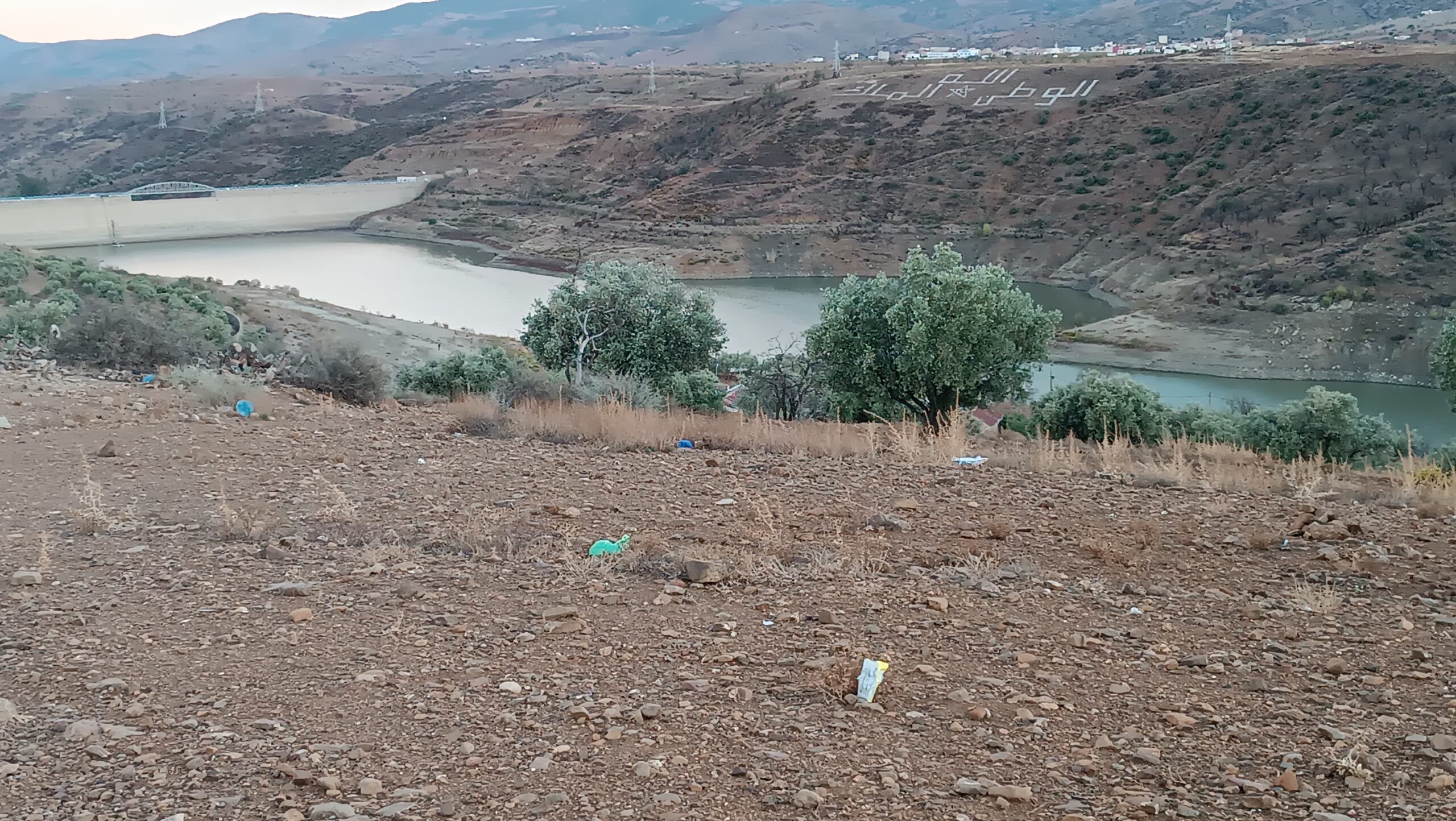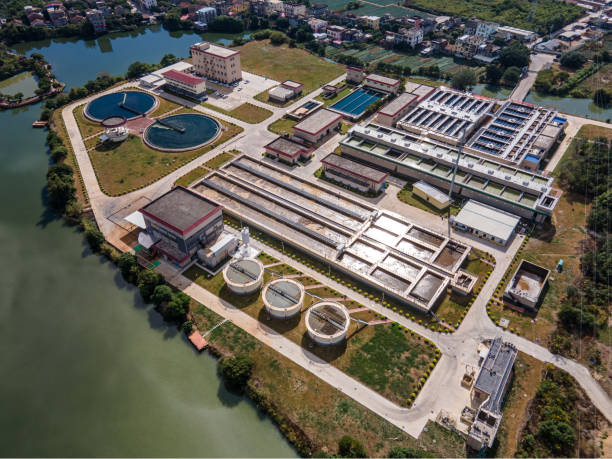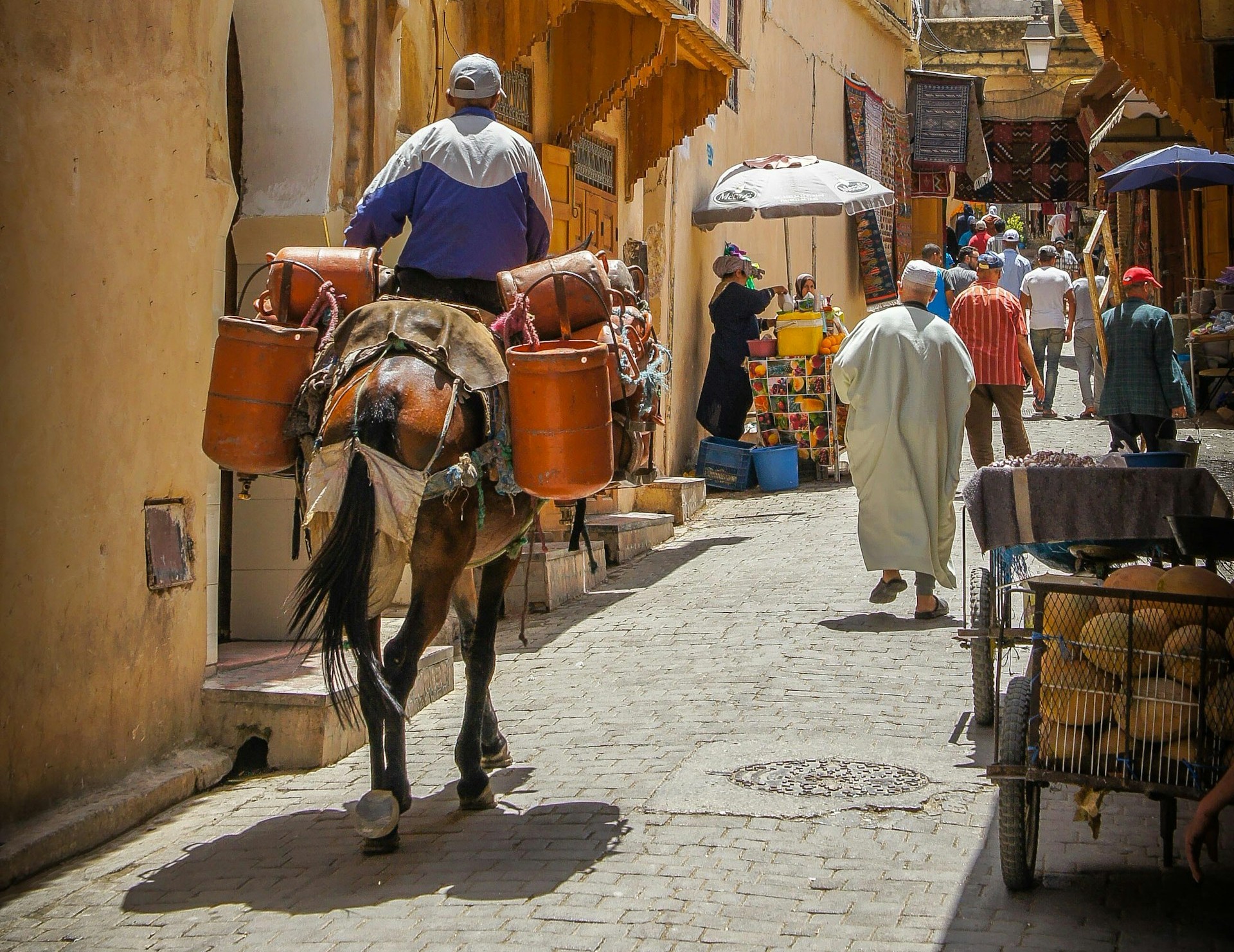Casablanca – As Morocco’s housing sector continues to face rising demand and affordability challenges, the government’s flagship direct housing aid program is emerging as a central tool to ease access to homeownership. As of July 1, 2025, the program has already benefited 54,000 citizens, including 3,000 in rural areas, signaling both strong public engagement and growing institutional efforts to promote inclusive housing solutions.
A response to pressing housing needs
Launched in 2024, the direct housing aid program is part of a broader national strategy to reduce housing deficits and address socioeconomic inequalities. The program provides financial support directly to eligible first-time homebuyers, enabling low- and middle-income households to access affordable housing, particularly in an environment marked by rising property prices and high lending rates.
According to Adib Benbrahim, Secretary of State in charge of Housing, the number of applications submitted has now surpassed 167,000, reflecting strong demand across both urban and rural regions. The government considers this initiative a pillar of its national social policies, aimed at supporting purchasing power and strengthening social cohesion.
The financial assistance is granted through a dedicated digital platform, allowing applicants to submit documents, track application progress, and receive assistance throughout the process. The program specifically targets primo-acquéreurs—first-time buyers—with the goal of removing some of the financial barriers that prevent citizens from entering the housing market.
Bridging the urban-rural divide
While the majority of beneficiaries are located in urban areas, the government is placing increasing emphasis on rural inclusion. Of the 54,000 current beneficiaries, around 3,000 are in rural regions, where access to formal housing remains a significant challenge. Benbrahim highlighted that rural development is a strategic focus, not only to improve living standards but also to encourage territorial balance and reduce urban overcrowding.
To support this effort, the Al Omrane Group—Morocco’s state-owned real estate developer—has been mobilized to increase housing supply in rural and semi-urban areas. Starting in August 2025, Al Omrane plans to launch the construction of 2,930 housing units across 49 emerging rural centers, including Sidi Rahal, Sidi Bouathman, Aït Ourir, and Zagora.
This initiative is designed to stimulate local economies, reduce regional disparities, and offer residents of remote areas a fair opportunity to access adequate housing. The government’s long-term target is to build 147,000 housing units by 2028, through a mix of public initiatives and public-private partnerships.
A multi-layered approach: Supporting heritage and identity
In parallel with the direct housing aid program, the Ministry of Housing is also pursuing a heritage preservation agenda through a national plan to rehabilitate ksour and kasbahs—historic fortified villages and traditional dwellings that form a vital part of Morocco’s architectural legacy.
A second phase of this rehabilitation program, scheduled for 2025–2030, will target around 100 sites across 15 provinces in five regions, aiming to benefit an estimated 40,000 people. The project’s total budget is $154.6 million, including $56.7 million from the Ministry of Housing, while the remaining $97.9 million will be covered by the Ministries of Interior, Culture, Religious Endowments, and Tourism.
This investment not only aims to preserve Morocco’s cultural heritage, but also to integrate these areas into local development plans, boost tourism, and improve living conditions for residents of these often-overlooked communities.
Challenges ahead
Despite the promising figures and strong political backing, the direct housing aid program faces several challenges. Lawmakers have raised concerns about the program’s implementation, particularly in terms of geographic equity, transparency, and access for rural populations. Additionally, questions remain regarding market regulation, as housing demand continues to rise while supply struggles to keep pace, especially in major urban centers.
The government has acknowledged these issues and committed to accelerating the processing of applications and expanding program coverage. Authorities are also exploring ways to coordinate more effectively with local governments and private developers to improve delivery and oversight.
Looking forward
The direct housing aid program reflects a significant shift in Morocco’s housing policy—from indirect incentives toward targeted, direct financial support. By prioritizing the needs of low- and middle-income families, the initiative is not only responding to an immediate housing crisis but also laying the groundwork for a more equitable and resilient urban future.
With continued investment in rural development, cultural heritage, and digital infrastructure, the Moroccan government aims to ensure that every citizen, regardless of geography or income, has access to decent housing—a cornerstone of dignity, stability, and opportunity.
